On Oct. 26, a conference was held in Milan on The meat world is tinged with pink – organized by Mark Up in collaboration with Eat Pink – which focused on pork and the dynamics of large-scale distribution. The objective was to bring together the major players in large-scale distribution to give added value to pork, in the consumer’s imagination often considered less healthy than other meats, even though it is very rooted in the gastronomic culture of much of our country.

So much meat on the fire
The conference, after greetings from Cristina Lazzati, Editor-in-Chief of Mark Up, featured the presentation of two research papers, a talk by a nutritionist and a panel discussion of key players in the field.
The first research, commissioned by Eat Pink from researcher Marilena Colussi, aimed to analyze the major trends in the retail world and the dynamics of large-scale distribution specific to the meat sector, particularly for pork. The second research shifted the focus to the consumer, who proves to be increasingly attentive to aspects such as innovation (Italians willingly experiment with new products), raw material quality (best 100% Italian) and convenience.
Nutritionist biologist Nadia Gulluni’s in-depth discussion emphasized the excellent nutritional properties of pork and how well it can be integrated into a balanced diet and the Mediterranean diet.
What have we transmitted?
Eat Pink, with this research, wanted to take a first step in enhancing the raw material in the eyes of large retailers and create a shared moment of reflection during which to bring up questions and create renewed interest in a food unfairly penalized compared to others.
In short, pink meat has all the credentials to win the trust of consumers and gain new market share. A winning product is one that is well designed, practical and versatile while conveying values, which are increasingly essential for today’s informed, sensitive and demanding consumers.
























